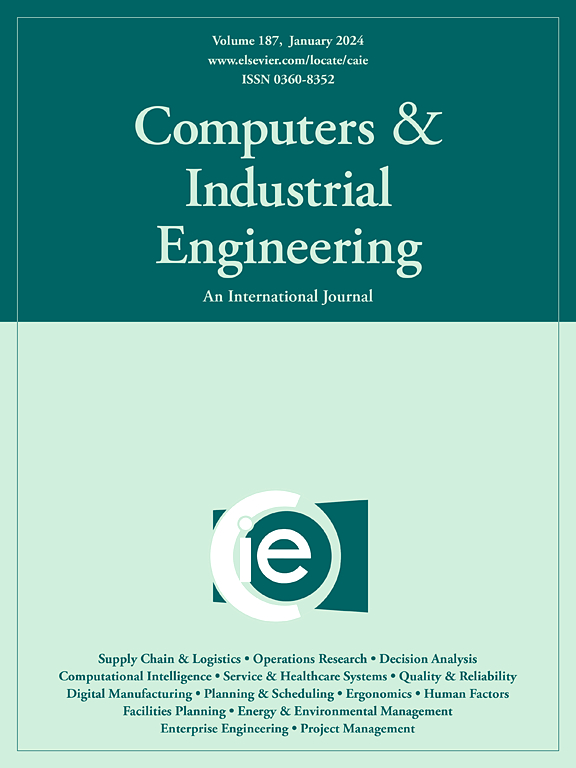Applications of autonomous driving technology in ride-hailing service platform: based on multi-party evolutionary game analysis
IF 6.5
1区 工程技术
Q1 COMPUTER SCIENCE, INTERDISCIPLINARY APPLICATIONS
引用次数: 0
Abstract
The rapid development of autonomous driving technology is reshaping the business landscape of ride-hailing service platforms, and there is a gap in dynamic research on the multi-party collaborative promotion of autonomous driving technology. Therefore, the purpose of this study is to explore the strategic interactions among the government, autonomous driving technology providers, and ride-hailing service platforms in the promotion and application of autonomous driving technology; reveal the strategic dependencies of the three parties by constructing a multi-party dynamic evolution game model; and draw the following conclusions from the sensitivity analysis of the relevant parameters through numerical simulation: it is found that the initial willingness of the technology provider and the service provider is the determinant of the stability of the autonomous driving car technology promotion strategy; the market mechanism is the main driving force of technology promotion, and the government subsidy plays an auxiliary incentive role; the socio-economic benefits and the technology commission ratio are the key elements to achieve the stability strategy, and the optimization of the commission ratio can reduce the dependence of the two parties on the government subsidy; the government subsidy and the penalty mechanism can effectively accelerate the process of technology promotion, in which the government’s initial willingness to subsidize and the subsidy ratio have a significant positive effect on the willingness of ride-hailing service platforms to adopt the technology. The results of this study provide decision-making references for policymakers and stakeholders to adapt to the market changes and transformation brought by technology impacts and strategic suggestions for enterprises to grasp the window period of technology promotion.
自动驾驶技术在网约车平台中的应用——基于多方进化博弈分析
自动驾驶技术的快速发展正在重塑网约车服务平台的商业格局,而自动驾驶技术多方协同推广的动态研究存在空白。因此,本研究的目的是探讨政府、自动驾驶技术提供商和网约车服务平台在自动驾驶技术推广和应用中的战略互动;通过构建多方动态演化博弈模型揭示三方的战略依赖关系;并通过数值模拟对相关参数进行敏感性分析,得出以下结论:发现技术提供者和服务提供者的初始意愿是自动驾驶汽车技术推广策略稳定性的决定因素;市场机制是技术推广的主要动力,政府补贴起辅助激励作用;社会经济效益和技术佣金比例是实现稳定战略的关键要素,佣金比例的优化可以降低双方对政府补贴的依赖;政府补贴和处罚机制可以有效加速技术推广的过程,其中政府的初始补贴意愿和补贴比例对网约车服务平台采用该技术的意愿有显著的正向影响。研究结果为政策制定者和利益相关者适应技术冲击带来的市场变化和转型提供决策参考,为企业把握技术推广的窗口期提供战略建议。
本文章由计算机程序翻译,如有差异,请以英文原文为准。
求助全文
约1分钟内获得全文
求助全文
来源期刊

Computers & Industrial Engineering
工程技术-工程:工业
CiteScore
12.70
自引率
12.70%
发文量
794
审稿时长
10.6 months
期刊介绍:
Computers & Industrial Engineering (CAIE) is dedicated to researchers, educators, and practitioners in industrial engineering and related fields. Pioneering the integration of computers in research, education, and practice, industrial engineering has evolved to make computers and electronic communication integral to its domain. CAIE publishes original contributions focusing on the development of novel computerized methodologies to address industrial engineering problems. It also highlights the applications of these methodologies to issues within the broader industrial engineering and associated communities. The journal actively encourages submissions that push the boundaries of fundamental theories and concepts in industrial engineering techniques.
 求助内容:
求助内容: 应助结果提醒方式:
应助结果提醒方式:


